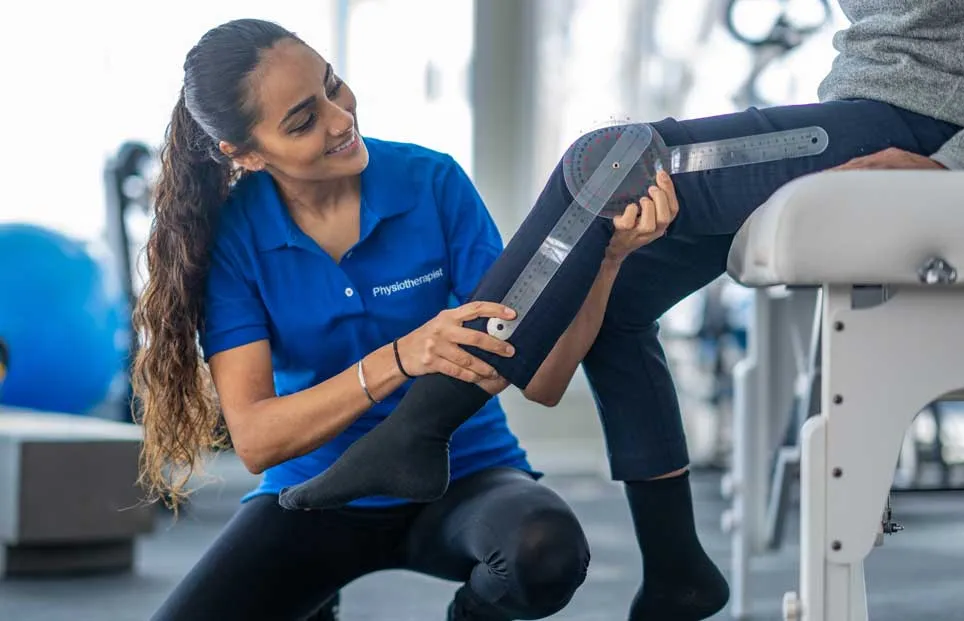Effective Methods to Reduce the Chance of Sudden Injuries in Athletics Through Targeted Preventative Strategies
Effective Methods to Reduce the Chance of Sudden Injuries in Athletics Through Targeted Preventative Strategies
Blog Article

Sudden traumas in athletics can occur unexpectedly and frequently lead to serious issues for athletes. These traumas can vary from twists and tears to fractures and concussions. To help reduce these injuries, it is essential to implement targeted protective strategies. These strategies concentrate on awareness, appropriate training, gear use, and overall health maintenance. By addressing these key areas, athletes can considerably lower their chances of suffering from acute injuries while engaging in their beloved activities.
One successful method to reducing the risk of injuries is through instruction. Players, trainers, and guardians should be informed about the common types of injuries associated with particular sports. Comprehending the mechanics of these injuries allows everyone to identify the signs and signals early. Educational workshops or seminars can assist teach athletes about proper techniques and the importance of warming up before matches or training sessions. This knowledge empowers players to take charge for their well-being and encourages them to express any concerns about potential traumas.
Another crucial protective strategy is adequate preparation. Players should engage in a comprehensive conditioning program that focuses on developing strength, flexibility, and endurance. Strength conditioning assists build the muscle groups that stabilize joints, lowering the likelihood of traumas. Flexibility exercises, such as stretching, can enhance the scope of motion and decrease the chance of muscle strains. Additionally, athletes should include sport-specific drills that mimic game scenarios, which can help them become more familiar with the actions involved in their selected activity. Trainers play a vital role in developing and executing these conditioning programs to ensure they are safe and effective.
The use of appropriate gear is also essential in reducing acute traumas in athletics. Players should always wear the appropriate equipment for their specific sport, including helmets, pads, and suitable footwear. For example, football players need helmets to protect against head traumas, while soccer players require shin guards to protect their legs from collision. It is crucial that gear is fitted properly and is cared for regularly to ensure it provides the necessary protection. Trainers and guardians should motivate players to take the effort to select and use the appropriate gear to minimize their risk of injury.
In addition to awareness, preparation, and gear, upholding overall well-being is essential for trauma prevention. Players should emphasize adequate nutrition, hydration, and rest to keep their physical condition in top condition. A balanced diet rich in vitamins and minerals aids facilitate muscle recovery and overall athletic performance. Staying hydrated is also important, as dehydration can lead to fatigue and heighten the likelihood of injuries. Lastly, achieving enough rest is vital for recovery and maintaining focus during practices and games. By encouraging good well-being habits, players can enhance their performance and reduce their chances of suffering from acute traumas.
In conclusion, minimizing the likelihood of acute injuries in athletics requires a multifaceted method that includes education, adequate training, suitable equipment, and overall well-being maintenance. By focusing on these targeted see protective strategies, athletes can more effectively protect themselves from the risks of traumas. Trainers, parents, and players all have vital roles to play in fostering a secure sports environment. By cooperating together and prioritizing protection, the pleasure of sports can continue without the disruption of serious injuries.